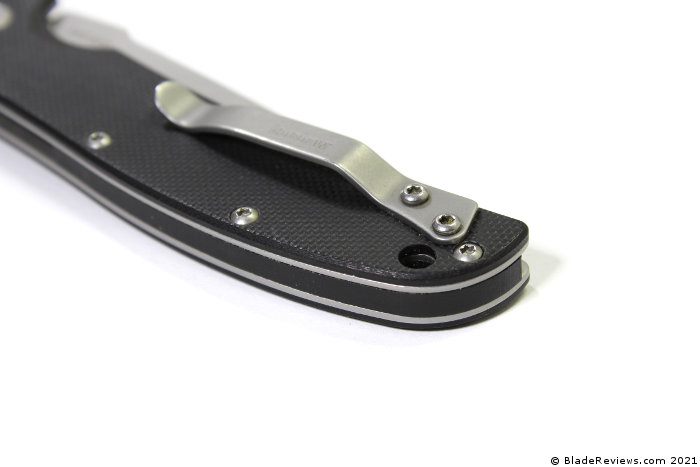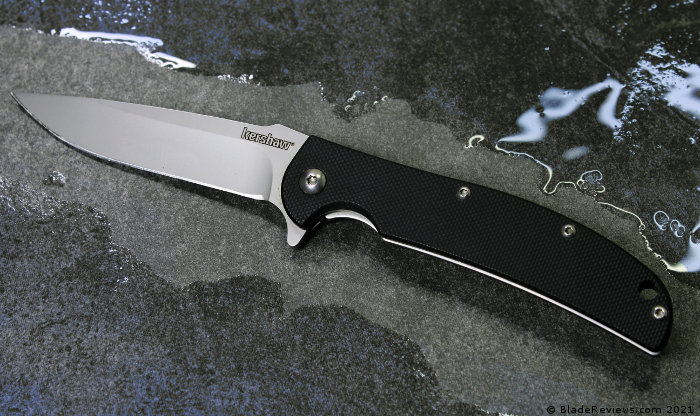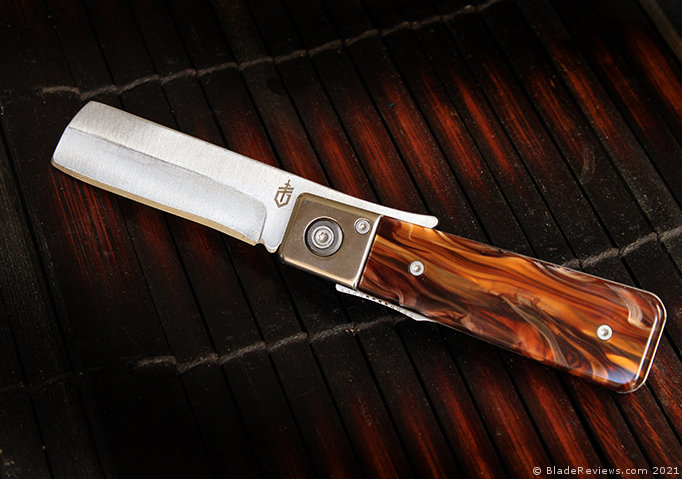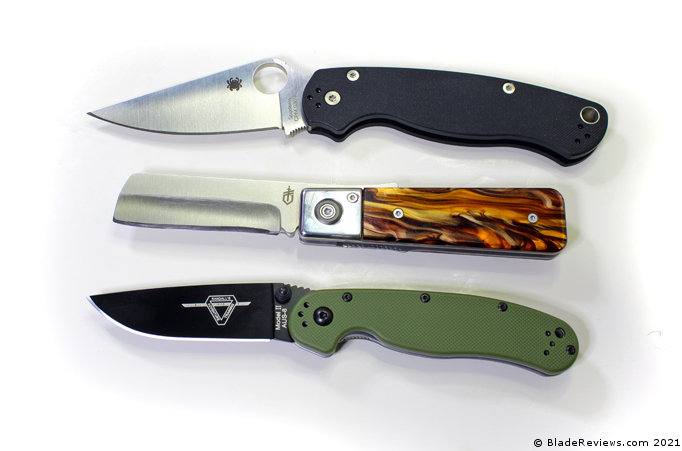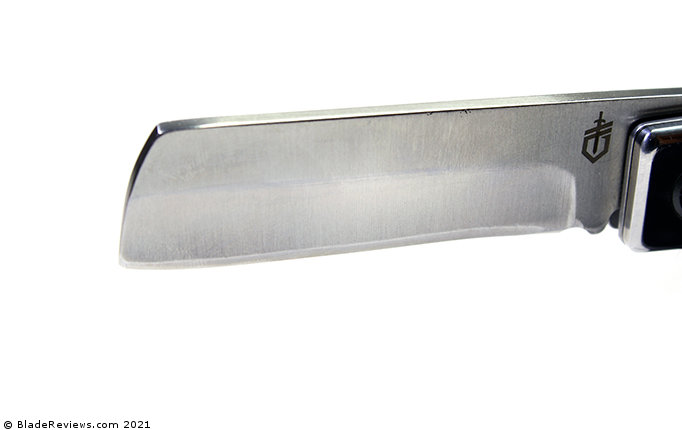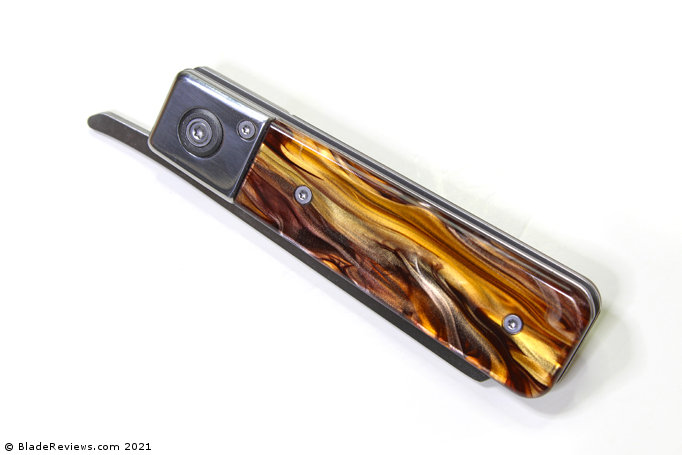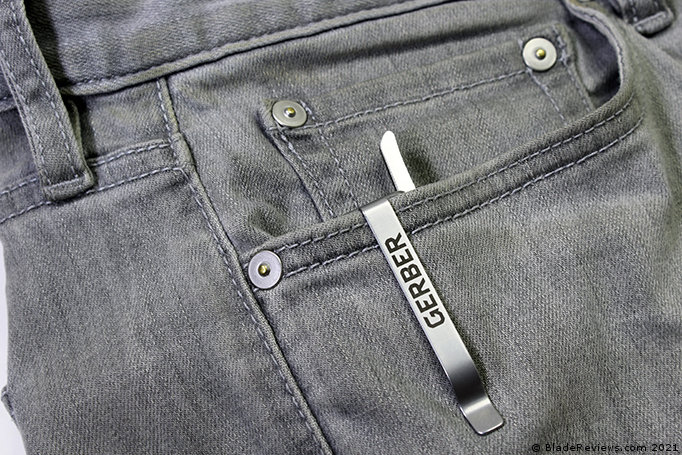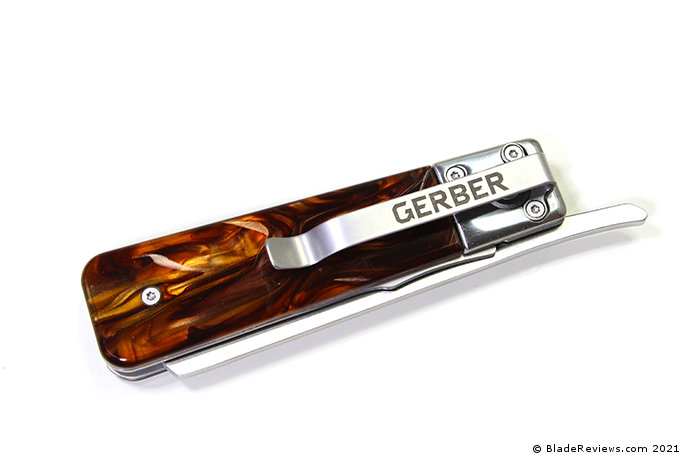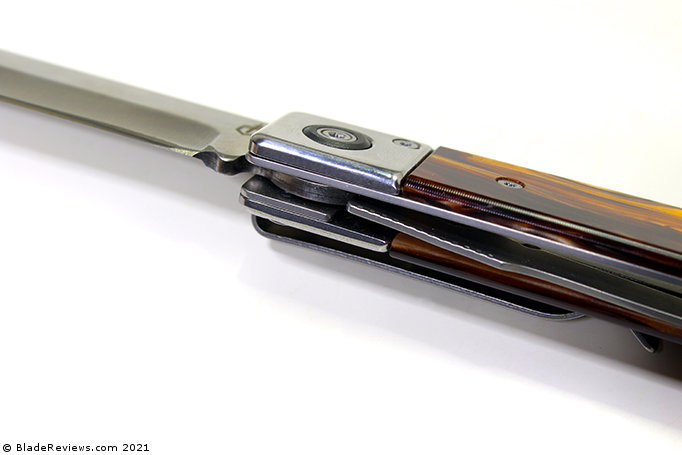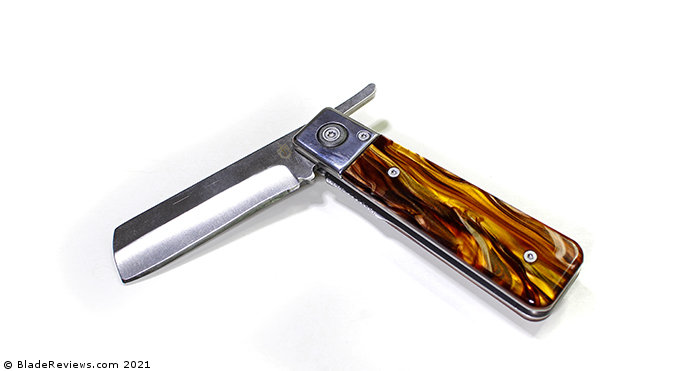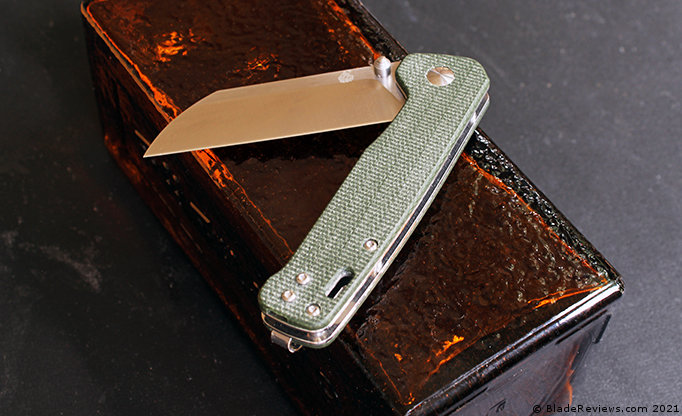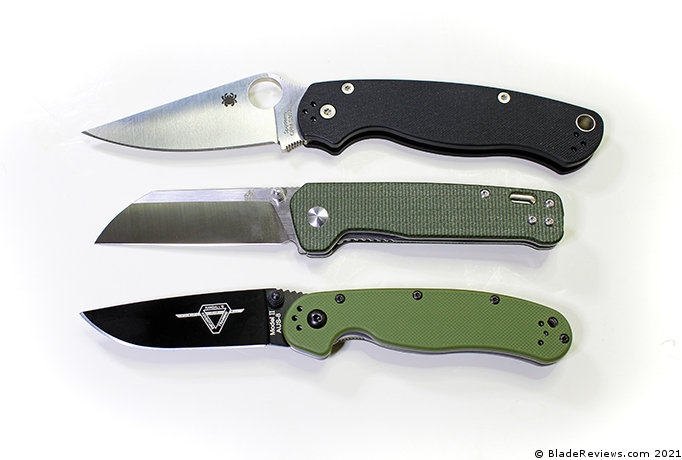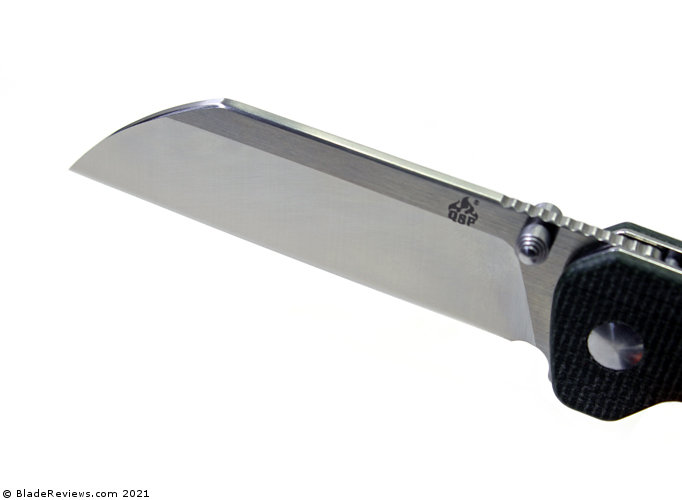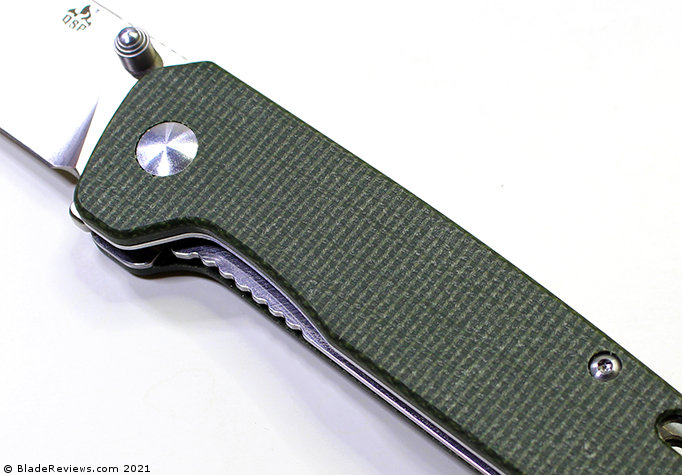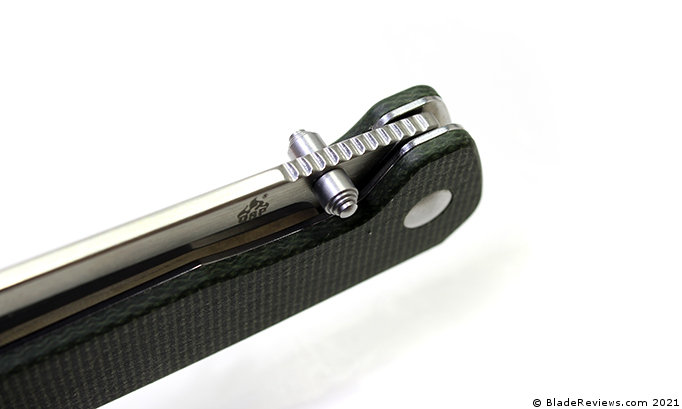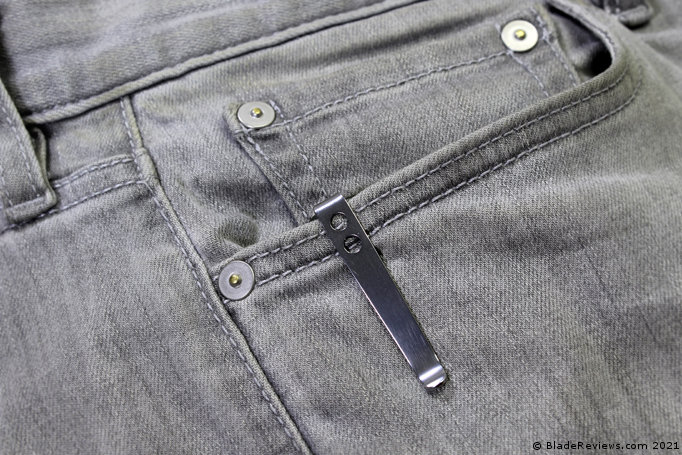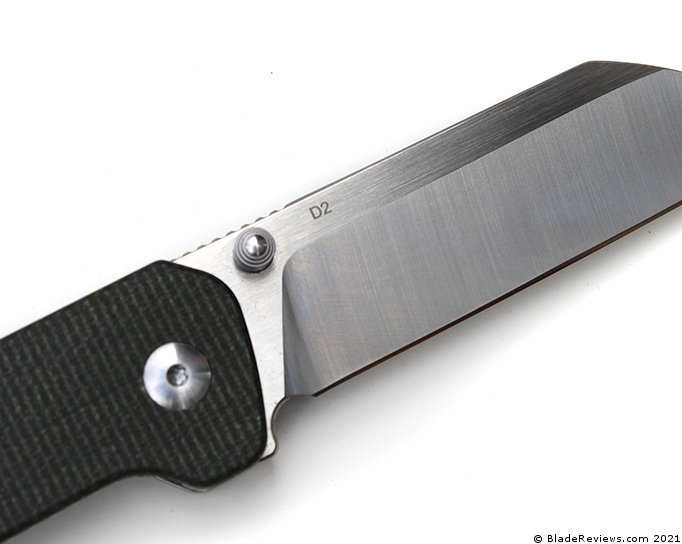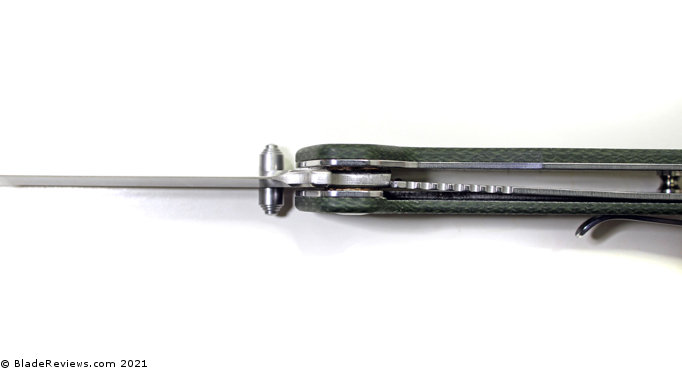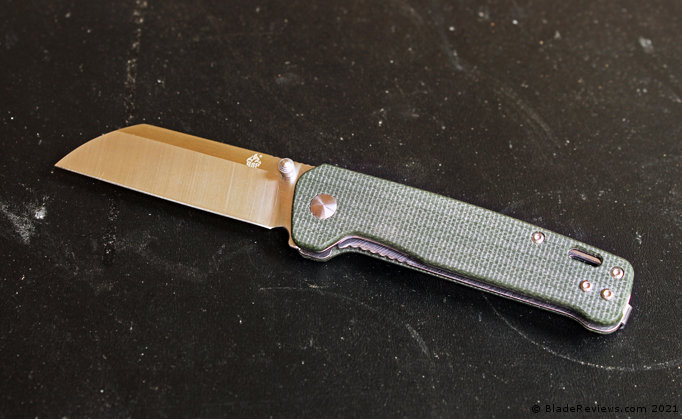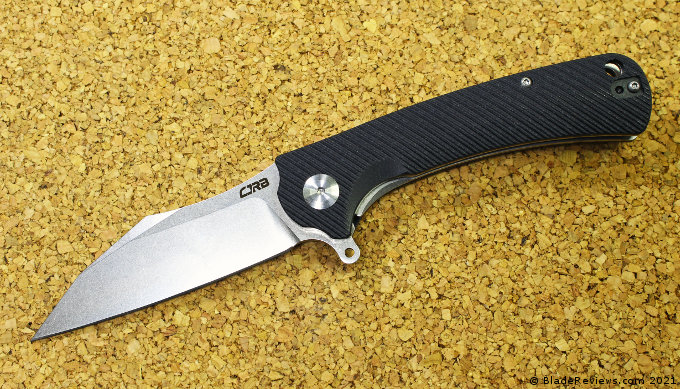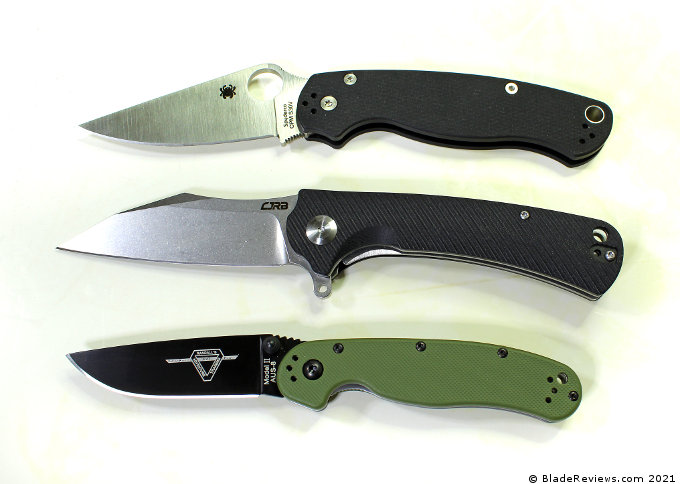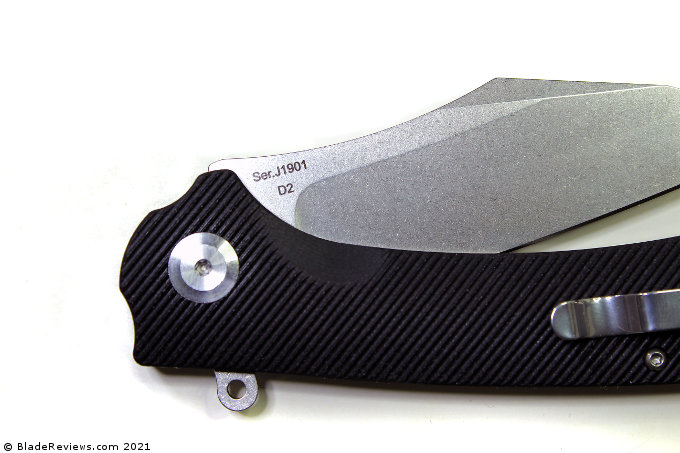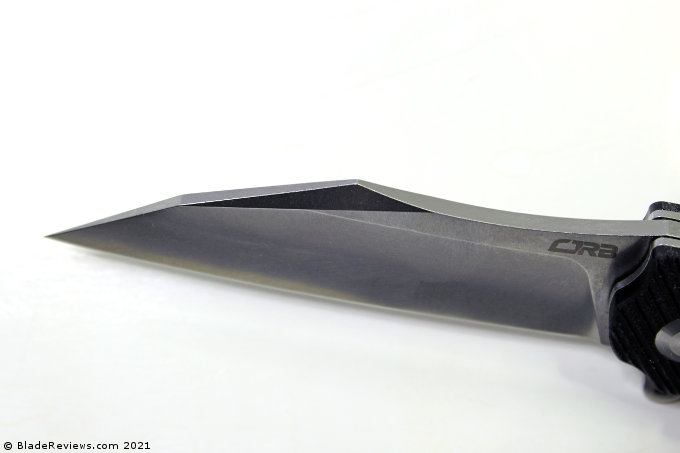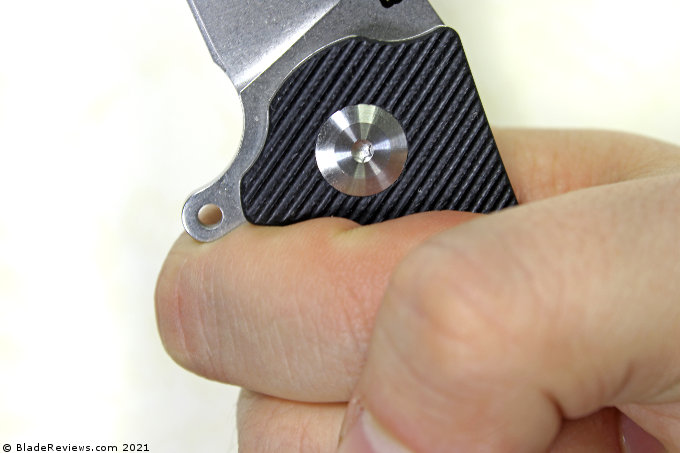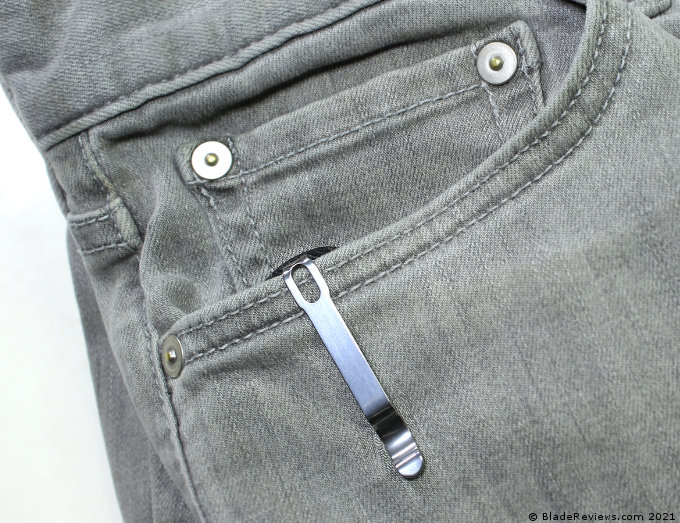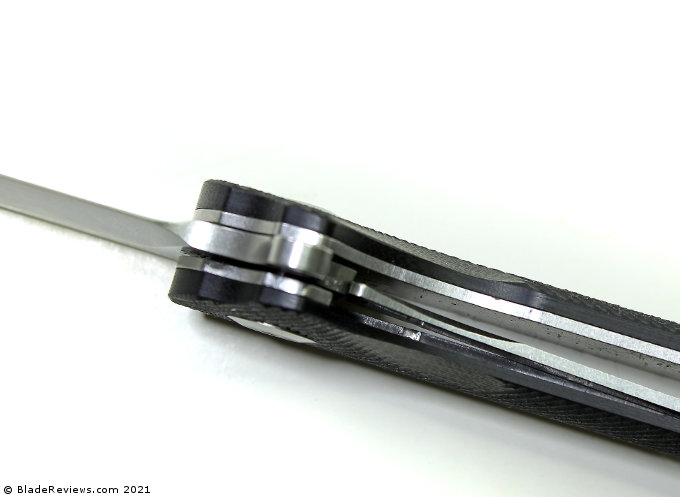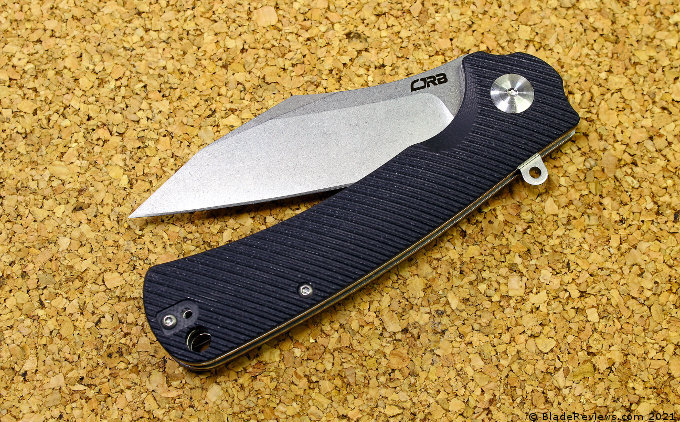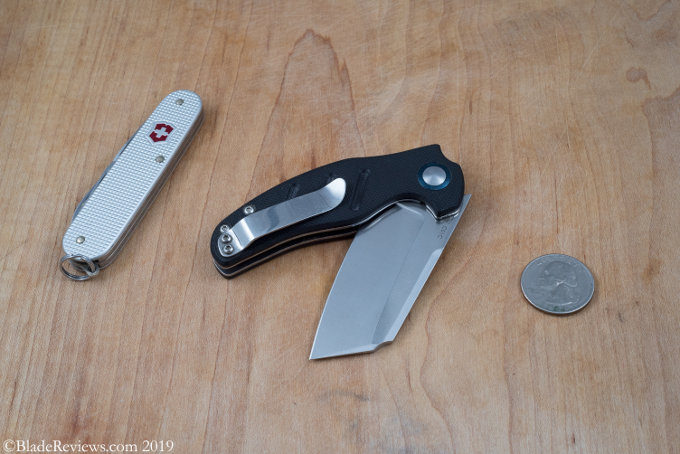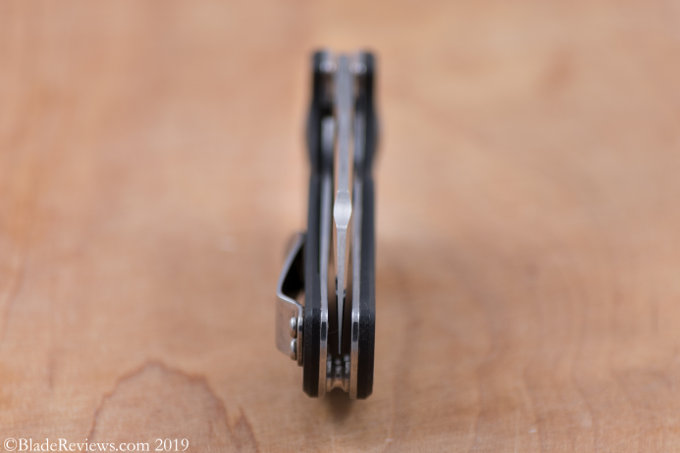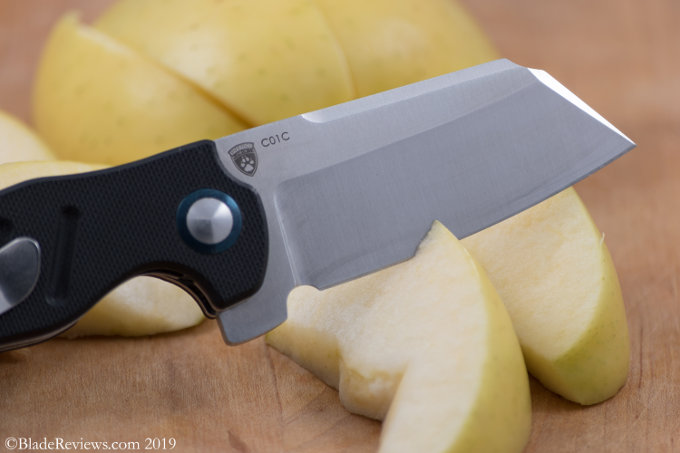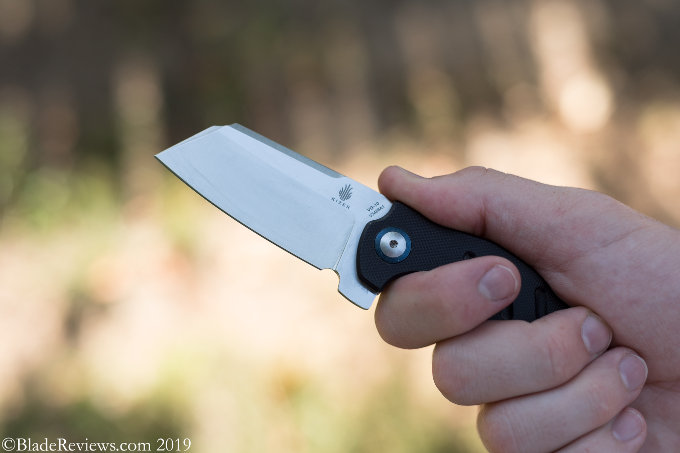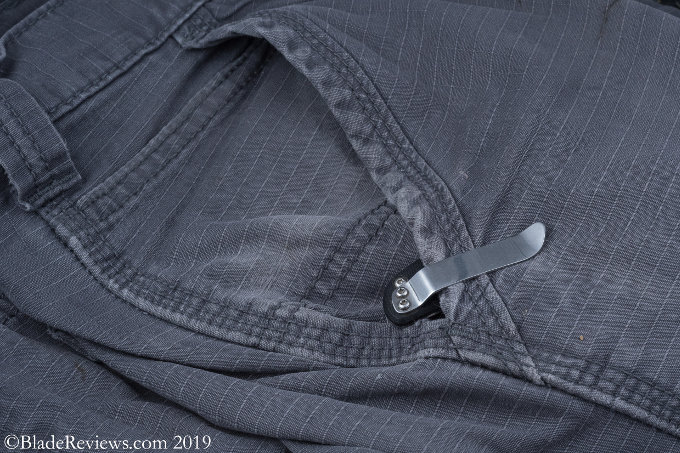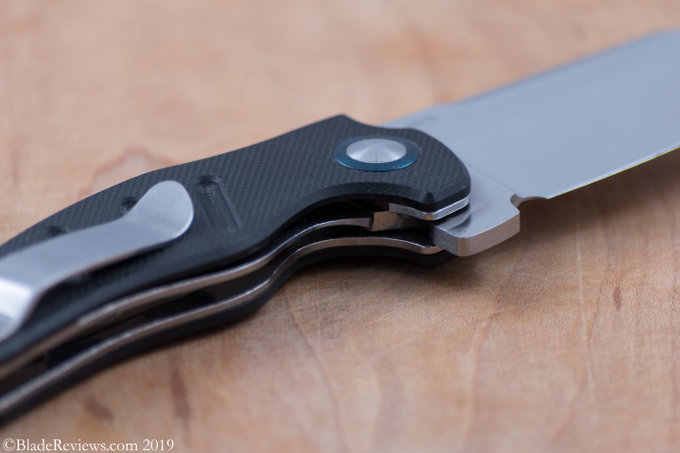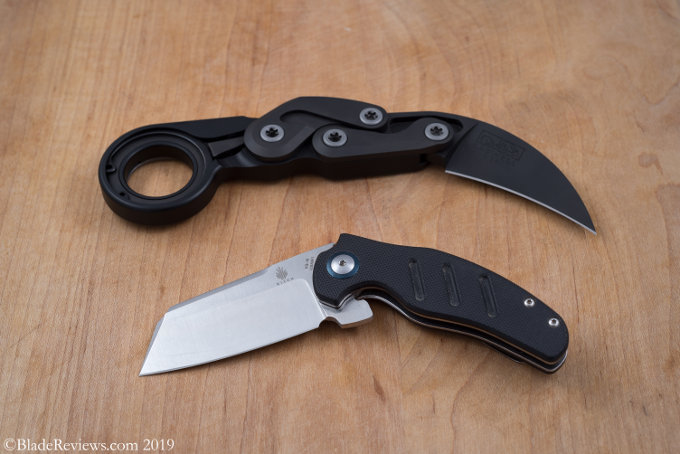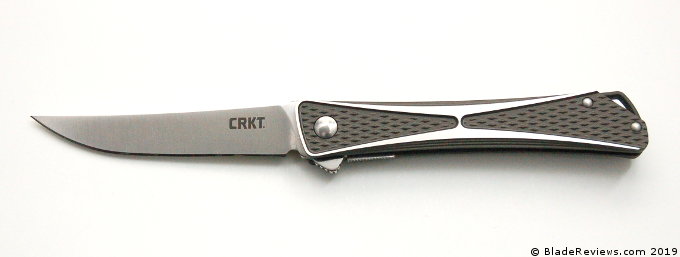If there’s a gripe I have with Kershaw as a whole, it’s that there are simply a lot of products in the company’s lineup to keep track of. Over the last decade or so I’ve paid attention to their catalog, I’d argue half of Kershaw’s offerings are similar to the point of being completely undifferentiated.
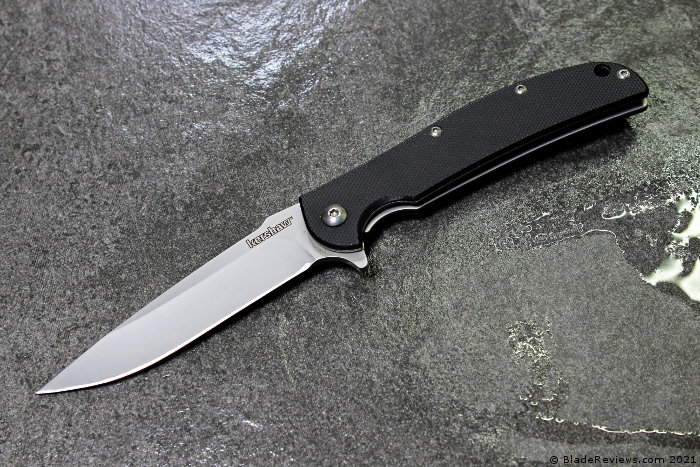
Buy the Kershaw Chill at BladeHQ
No products found.
A few examples: is there some particular feature on the Camshaft that sets it apart from the extremely-similar Airlock? Does the Concierge do something that the Atmos doesn’t? Do we need eleven different Emerson CQC models? Why not name the Bareknuckle the Natrix XL and avoid confusion? I could go on.
Beyond simply fatiguing would-be customers, Kershaw’s ceaseless glut of new products seems to require that older models be culled to make room for the new—apparently, even immensely popular designs aren’t safe from getting the ax. To point fingers, I know more than a few people who loved the Kershaw Skyline only to watch it vanish from the company’s catalog. (Seriously, what gives?)
At first blush, the Chill seems to be another knife that sticks to the Kershaw playbook: stainless blade, black G10 scales, 8Cr steel, and a sub-$30 price. I mean, the company definitely has a “type.” One would be forgiven for taking a sidelong glance at the Chill and electing not to give a hoot one way or another. However, after giving this one its day in court, I’m finding it a capable companion to my beloved Skyline.
General Dimensions and Blade Details
The Kershaw Chill mates a 3 and 1/8” blade to a sub 4” handle. Not counting the pocket clip, the width is a scant 3/8” at its widest point, and it clocks in at only 2.3 ounces on my scale. That’s far from cumbersome. Here it is nestled between two of the most ubiquitous EDC knives on the planet: the Spyderco PM2 and the Ontario Rat II.
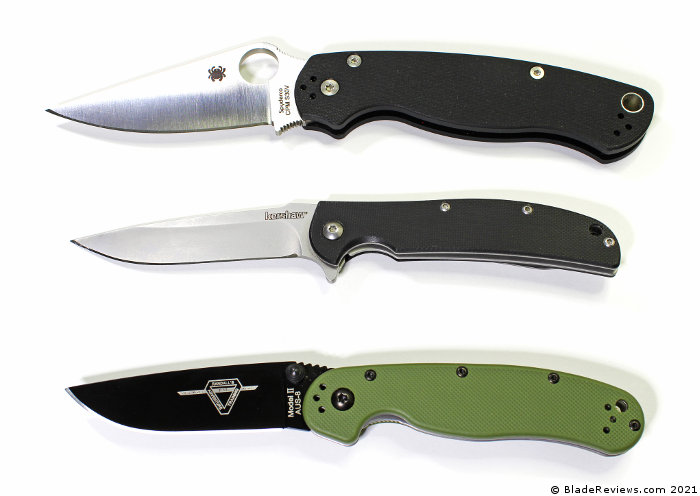
I’ve read it in more than one place that the Chill feels like a glorified steak knife. That did get a giggle out of me. It is certainly a slender blade, and in deference to the design’s haters, this would be a very poor choice for splitting cords of wood, hacking through dense brush, or trying to process an entire Elk. It is decidedly a small knife and therefore should be relegated to doing small knife things.
What causes me to tip my cap to the Chill, first and foremost, is a supremely excellent ratio of weight to blade length. I have a lot of knives in the drawer, but the Chill seems to stand alone when it comes to giving me what feels like the longest usable blade in the smallest overall package.
Additionally, I really like the blade design. The drop point comes to a sharp tip that easily pokes through a variety of material, there’s adequate belly for cutting, and the 3”+ length allows for some good penetration depth. Also, the Chill is hollow-ground, making it a little more slicey than your average flat-ground EDC.
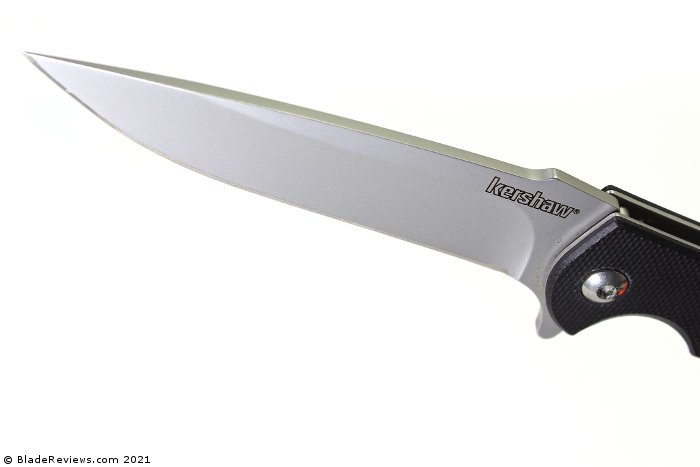
Granted, with the 8Cr13MoV steel and choice of grind, the Chill becomes something of a glass cannon in that it can be a very high-performance cutter, but it’s going to have a relatively fragile edge that requires touching up. The silver lining to the lack of edge retention on 8Cr steels is that they’re pretty easy to sharpen. About four minutes on a Work Sharp Angle Set system gets this back to hair-shaving levels of sharpness, even for a novice like myself.
Handle, Ergonomics, and Pocket Clip
As I mentioned before, the Kershaw Chill is in many ways prototypical of the company’s black G10 + stainless aesthetic. However, the fit and finish of this knife as a whole bats well above a sub-$25 price point.
First, the G10 is grippy without being too abrasive on the hands or pockets, and the scales are very nicely centered to the frame. The pocket clip in both tip-up and tip-down carry configurations nicely settles into the hand, and every possible sharp corner on the knife has been dehorned. Even when I really bear down on the Chill, there’s not a hotspot to be found.
I also appreciate the very generous relief for the index finger. This detail, in combination with the finger guard formed by the deployed flipper tab, really allows me to lock in when using the knife forcefully.
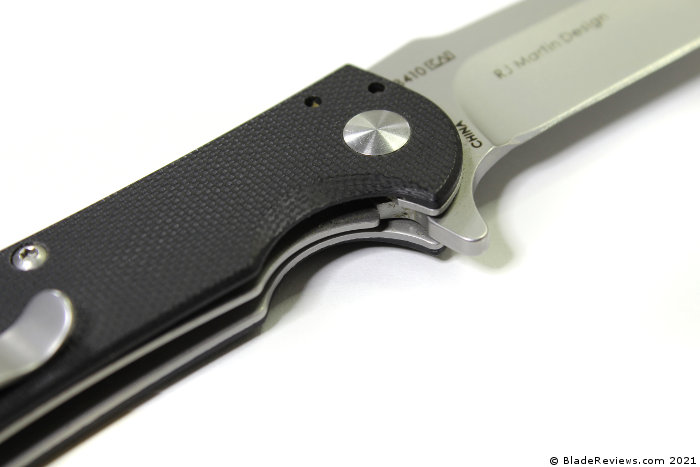
I’d mentioned how pokey the blade was before. I feel a lot more comfortable about using the Chill to punch through hard plastics (or even as a last-ditch defensive tool) knowing that it’s that much harder for my fingers to jump the relief and get out in front of the edge. Suffice it to say that the ergos are great for a small knife.
The only real knock in this department is the pocket clip, pictured below with the Chill in its natural habitat.
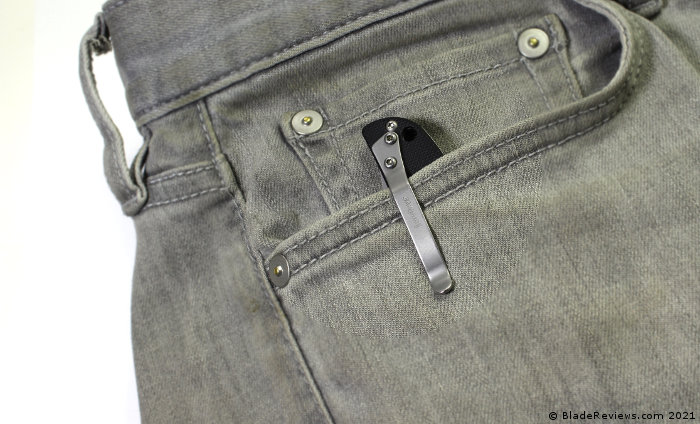
I appreciate that it stays out of the way during use, but like a lot of clips it’s monstrously oversprung. You’ll also note that it’s far from deep carry, leaving at least 3/4” of knife peeking out of the pocket. Thankfully, the design is pretty non-threatening, so it’s unlikely to draw stares and most may simply mistake the matte stainless and black G10 for a pen if they’re not looking carefully.
Deployment and Lockup
A mixed bag here. I suppose we’ll start with the worst first: the detent is weak. While the blade definitely has a bias towards closure, even a light amount of pressure on the flipper tab will kick the blade out into a 70-degree, “not even close” level of deployment.
I’ll state for the record that I absolutely hate overly-stiff detents (Kizer: I’m looking at you). However, the Chill comes to it from the other extreme. If you want 100% reliable deployment, it’s going to require a decisive push on the flipper tab and/or a wrist flick. There’s a learning curve here for sure, but not one that’s insurmountable.
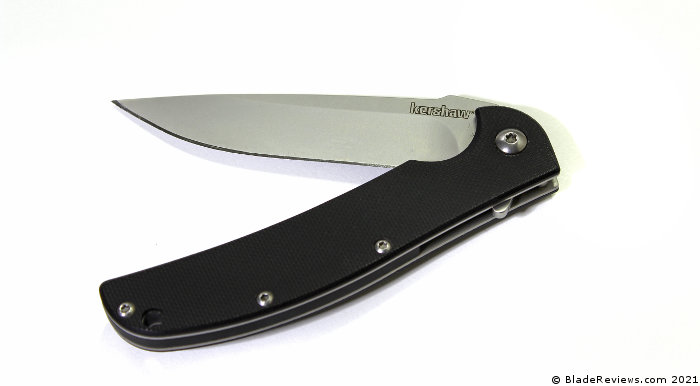
Additionally, there’s a little bit of side-to-side blade play. I’d estimate there’s maybe a couple degrees worth of wiggle if you’re applying a little bit of force to the deployed spine, but to me it’s not a dealbreaker, and especially not at the price point.
Now for the good: first, the blade is nicely centered, and the liner lock easily finds the midpoint of the blade’s bearing surface. Despite the thinness of the liner and the overall weight of the knife, the engagement of the lock is extremely positive.
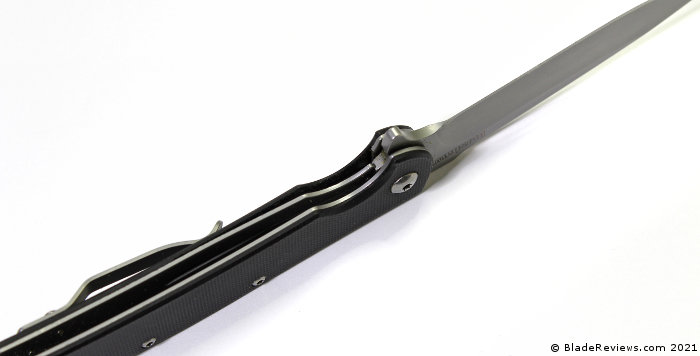
Additionally, the action is extremely smooth. This is a little unexpected given that my knife is running on phosphor-bronze washers rather than any kind of ball bearing system, but from opening all the way through full deployment there is no grit or roughness in the travel. With a little bit of knife oil, the blade locks up with an authoritative and very satisfying click.
Kershaw Chill Review – Final Thoughts
I mean, I get it: you might be the kind of guy who carries M390 steel or nothing. You might only own Sebenzas and Striders. I’ll grant that the Kershaw Chill is going to be unlikely to impress if compared to knives that are more than fifteen times its cost.
But let’s really simmer in this fact alone: the Chill gives you a whole lot of functionality for the cost of a large pizza and a six pack. It’s a nice “first” knife that doesn’t break the bank and can fulfill a wide variety of “regular folk” type uses, it’s slicey, and the R.J. Martin design is well considered. “Glass half full” types will find a lot to dig and will be more able to contextualize the Chill’s faults as concessions made to keep costs reasonable.
As such, the name of the knife is fitting. Guys who can chill a little in terms of their expectations will find this to be a valid addition to their small-knife EDC rotation, and I’m totally that guy. I own better, but I just couldn’t give this design the cold shoulder.
No products found.
Editor: I recommend purchasing the Kershaw Chill at BladeHQ or Amazon. Thank you for reading.
